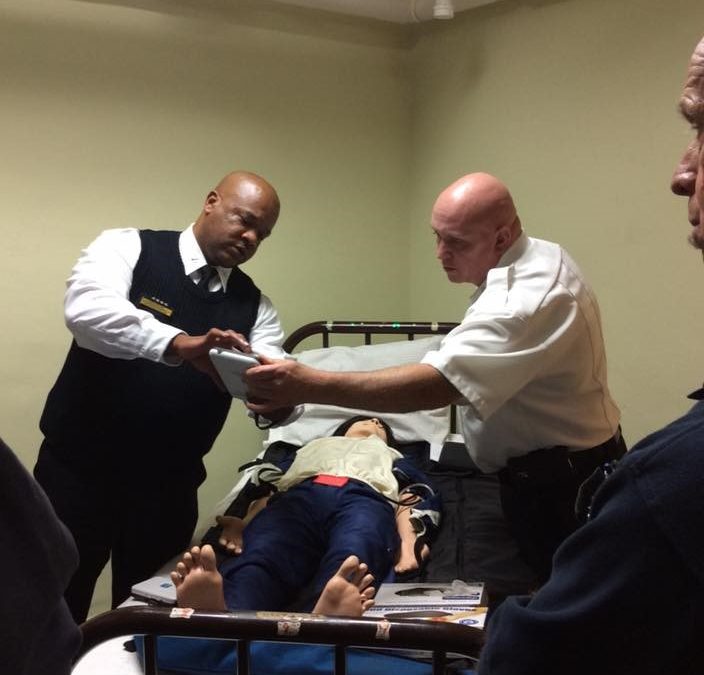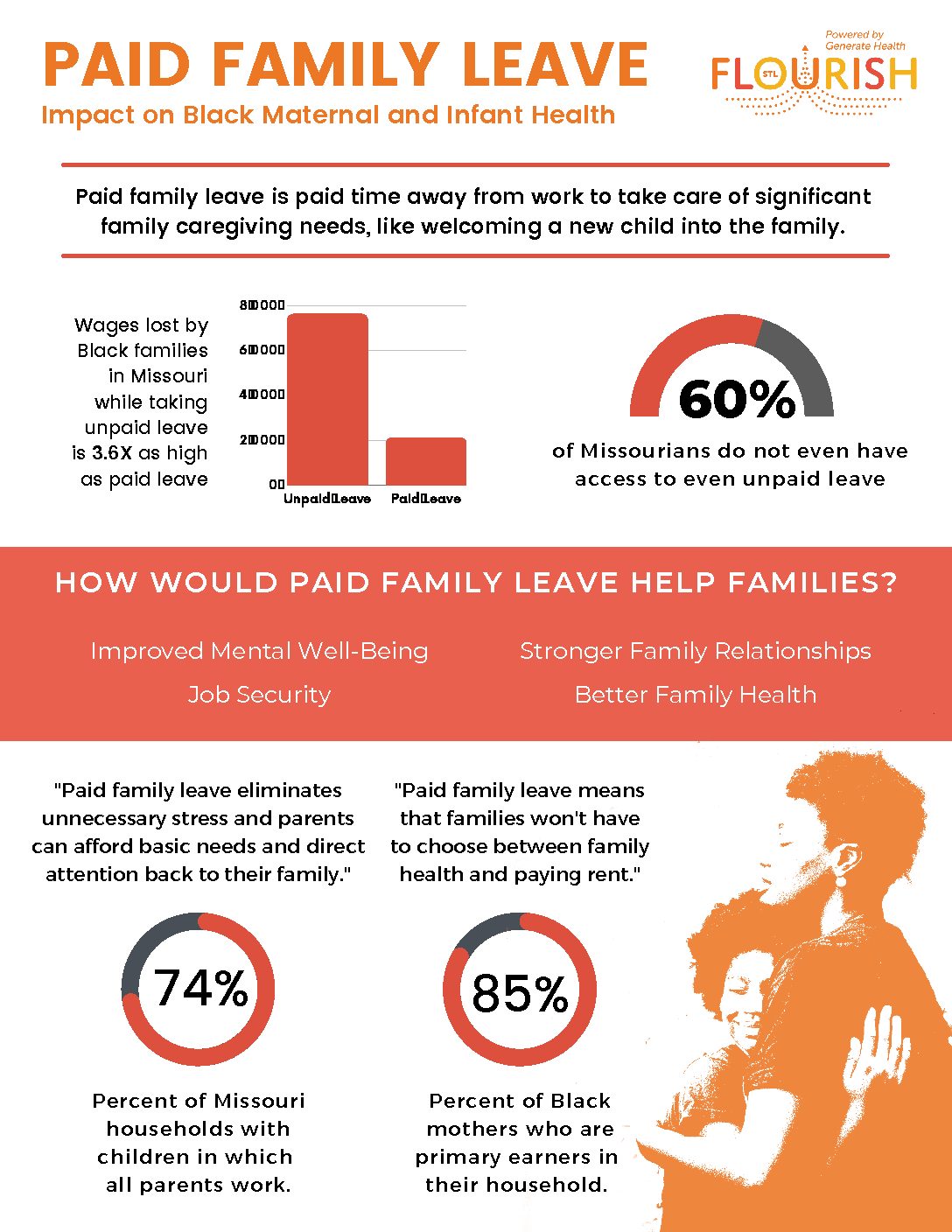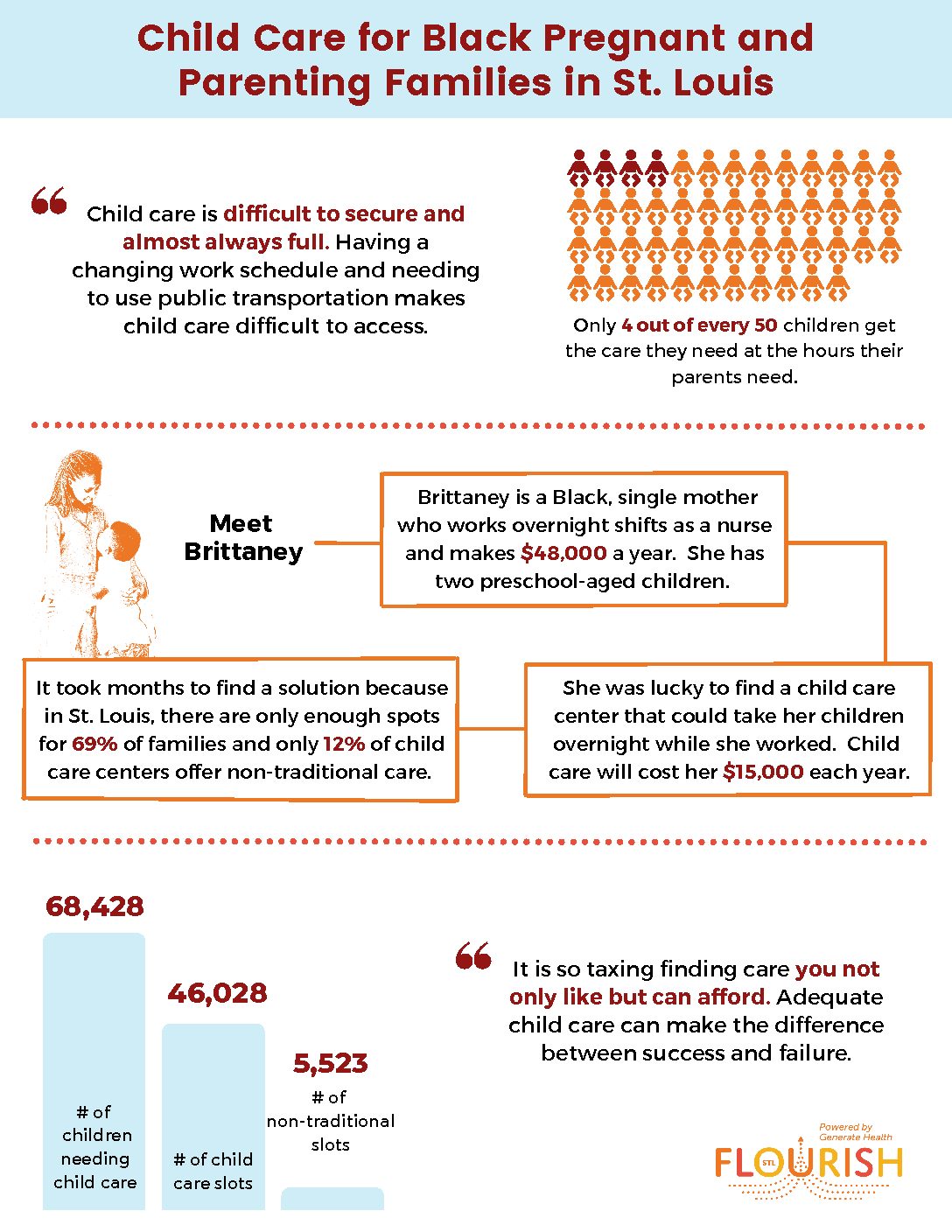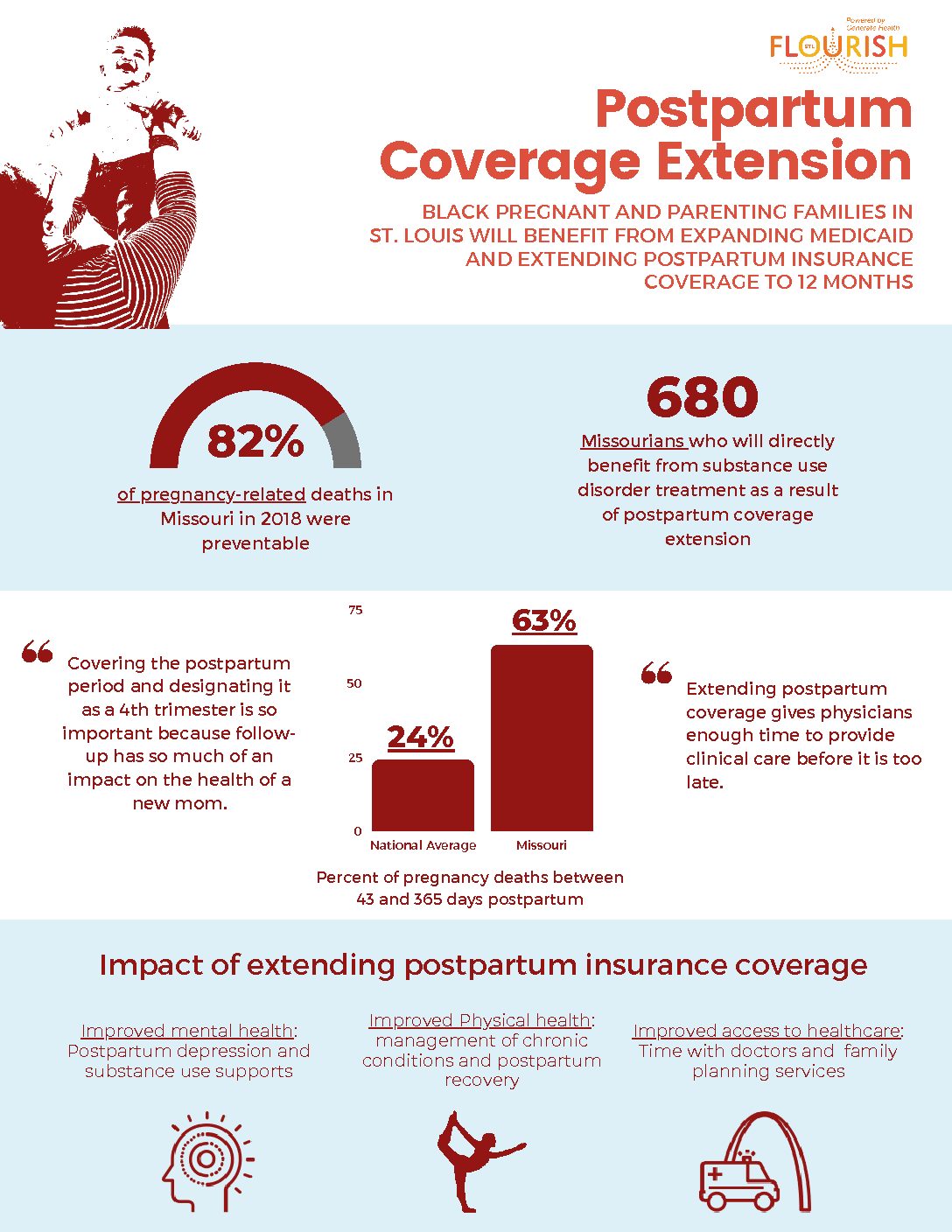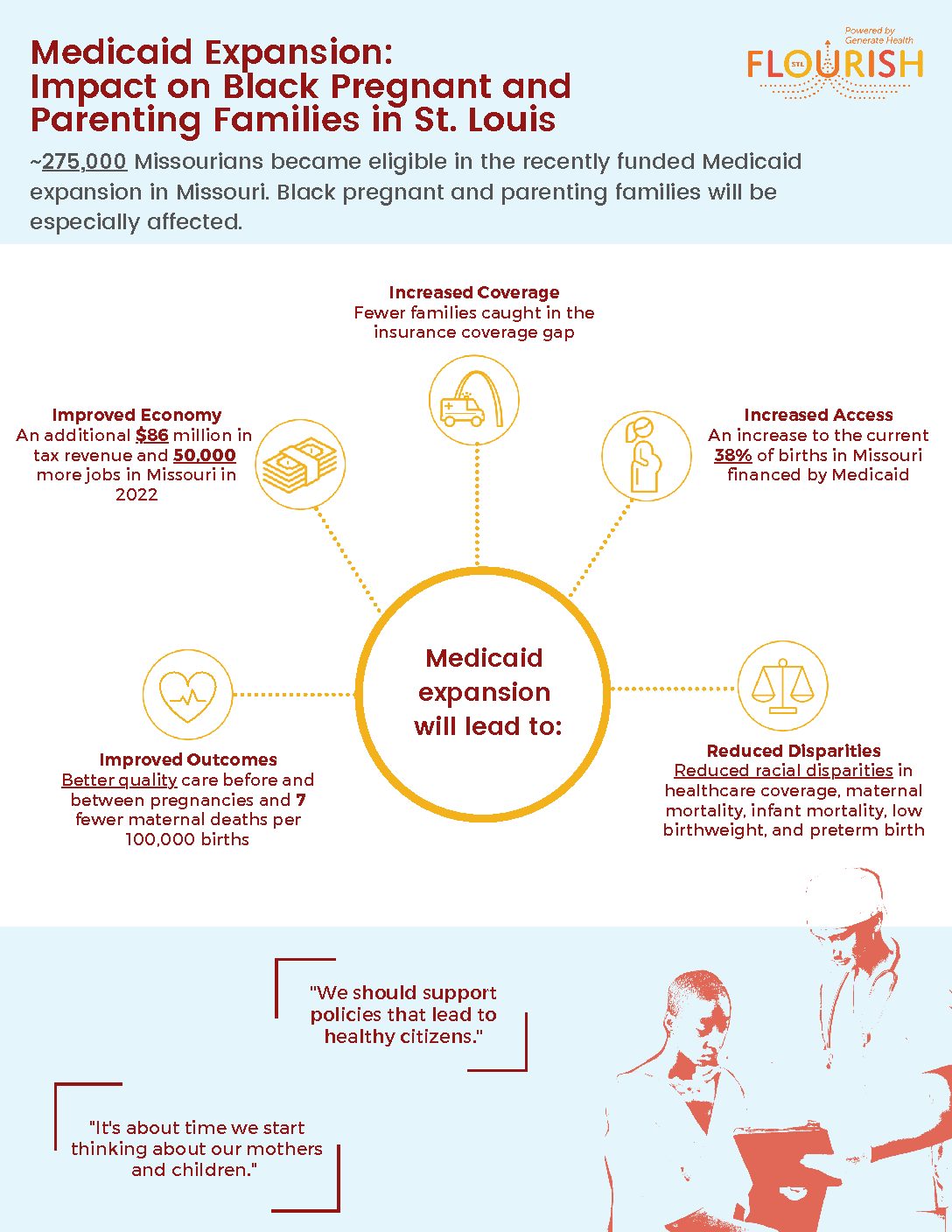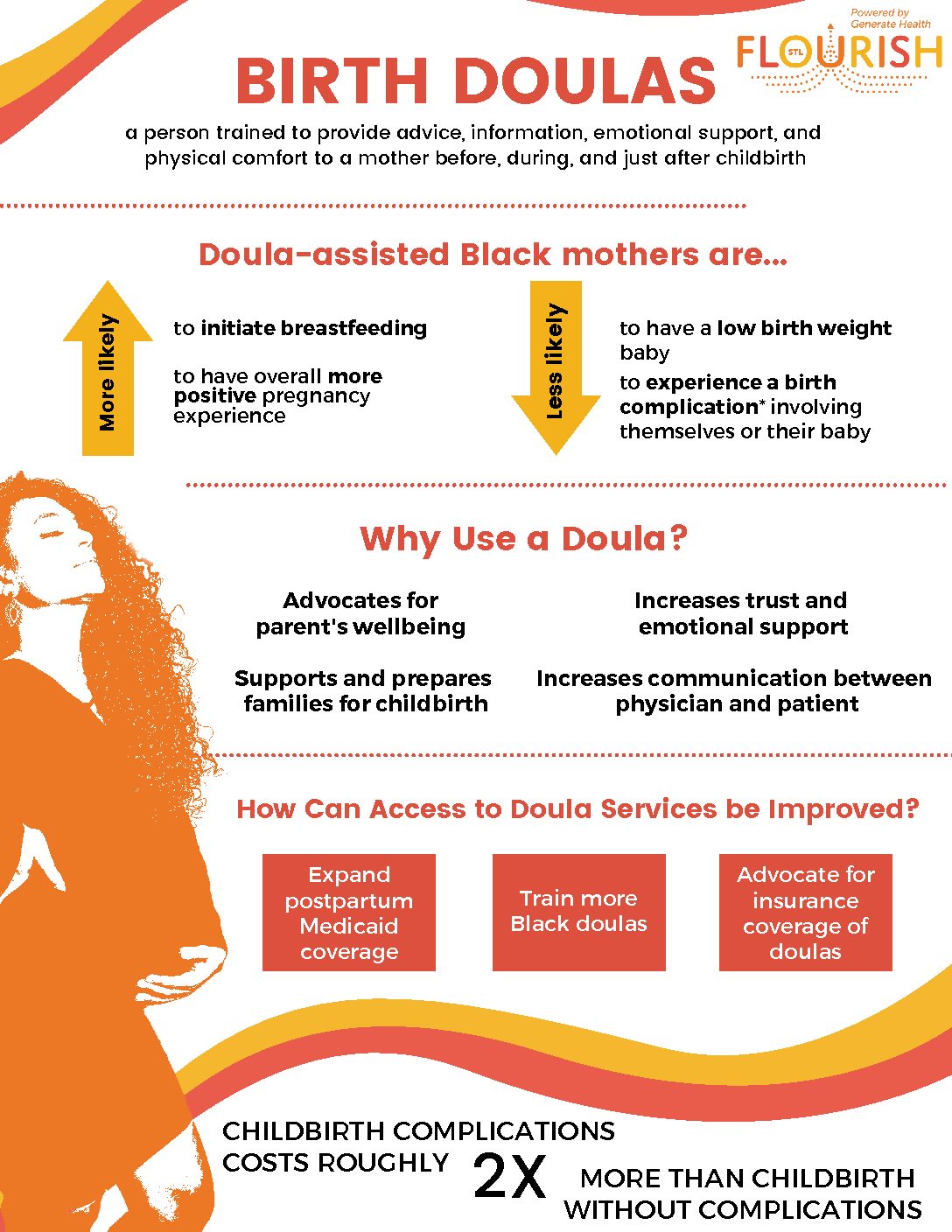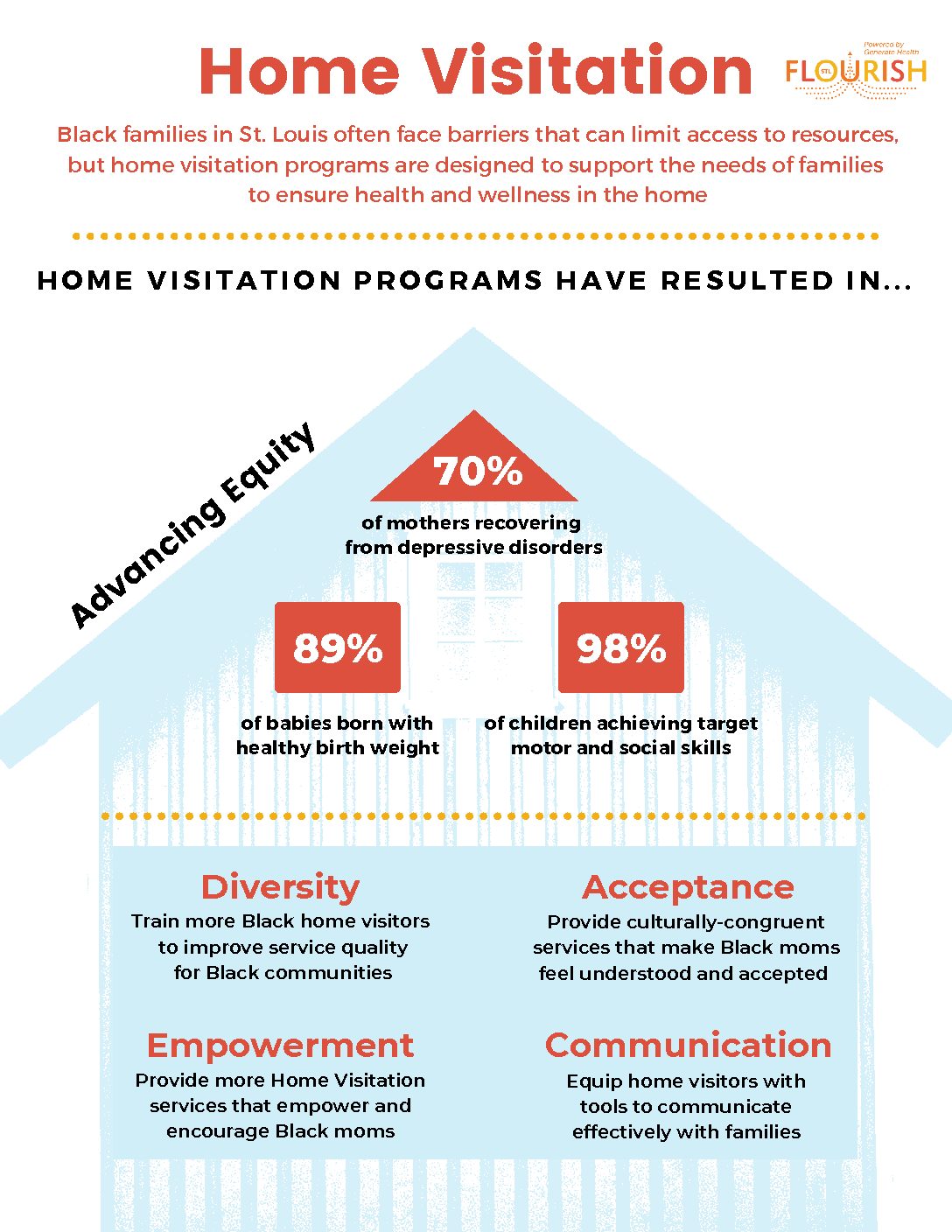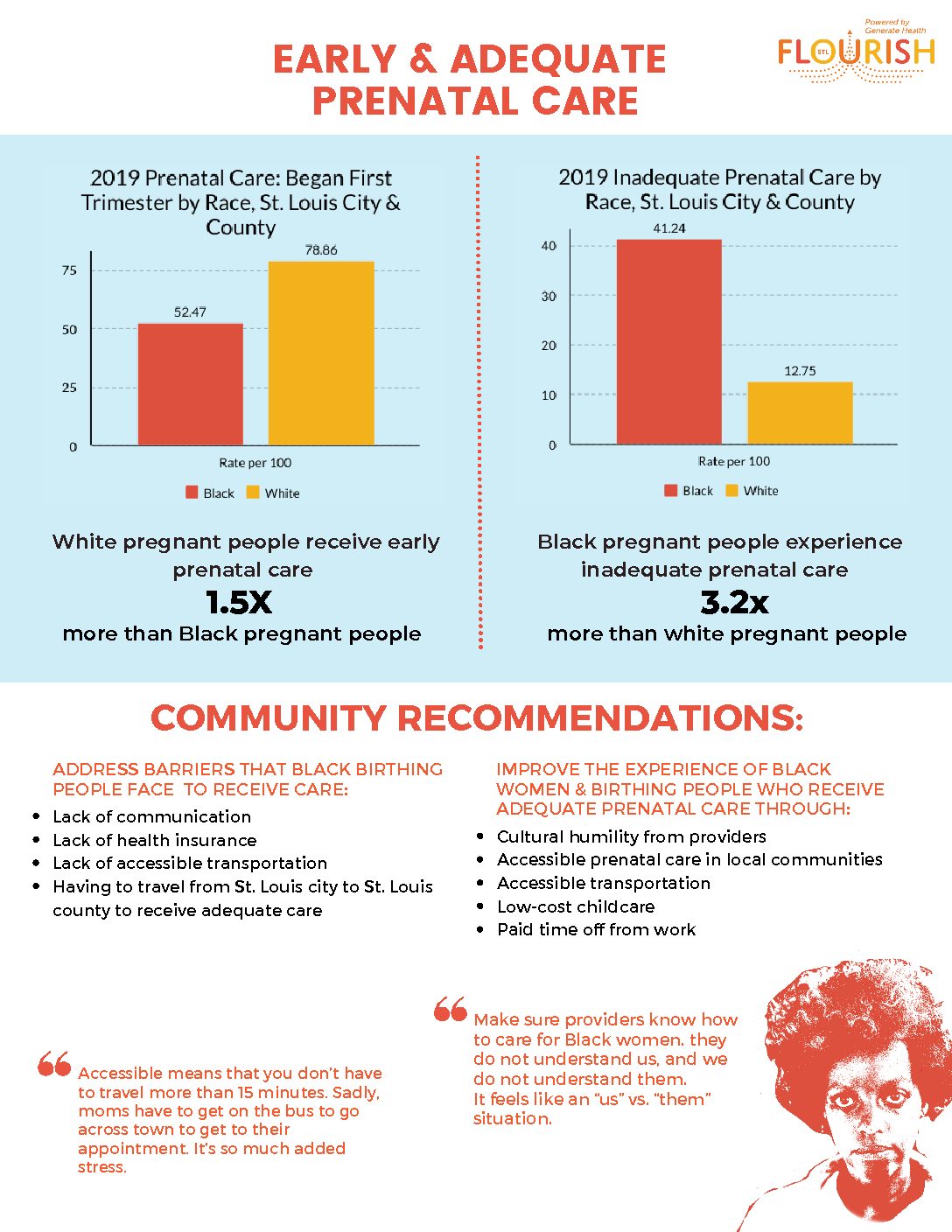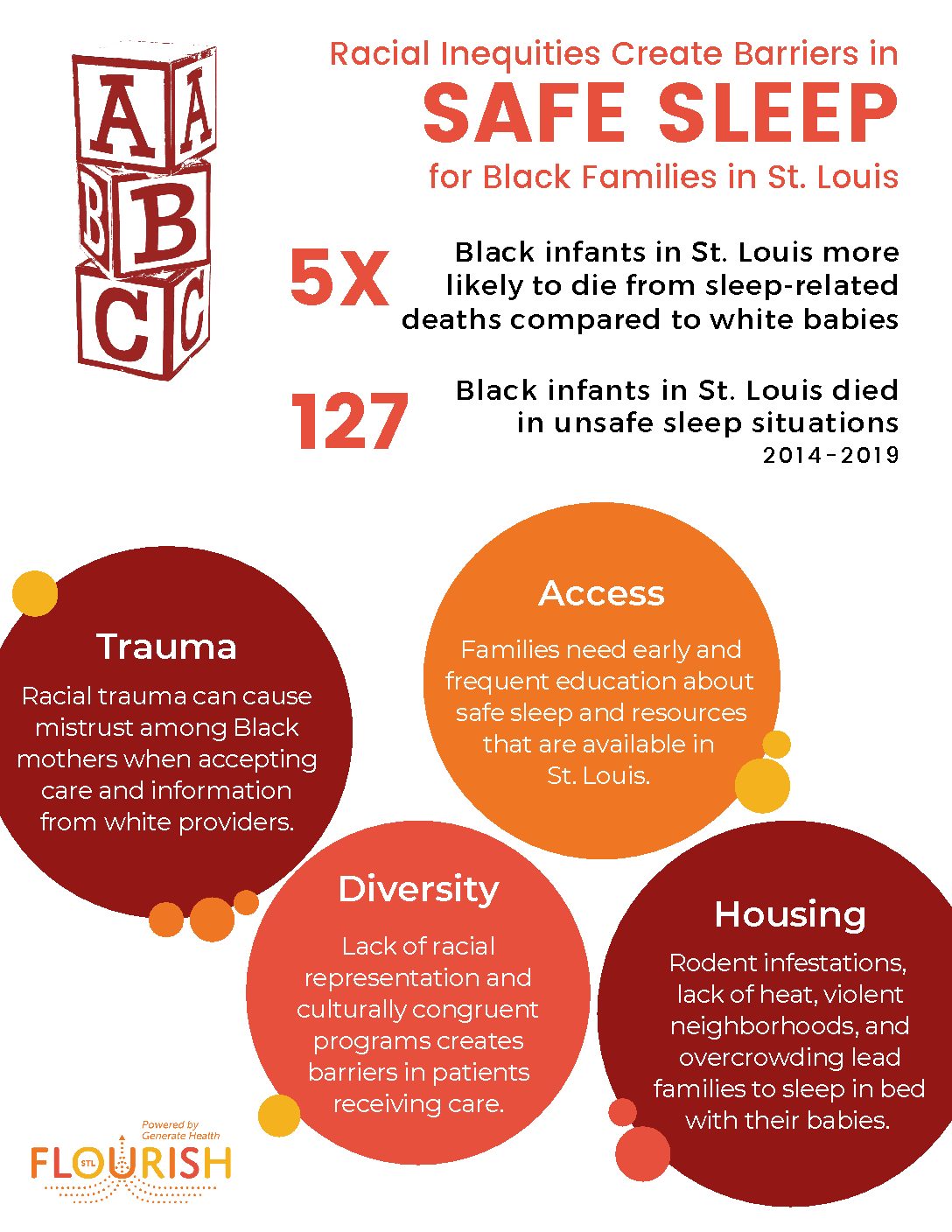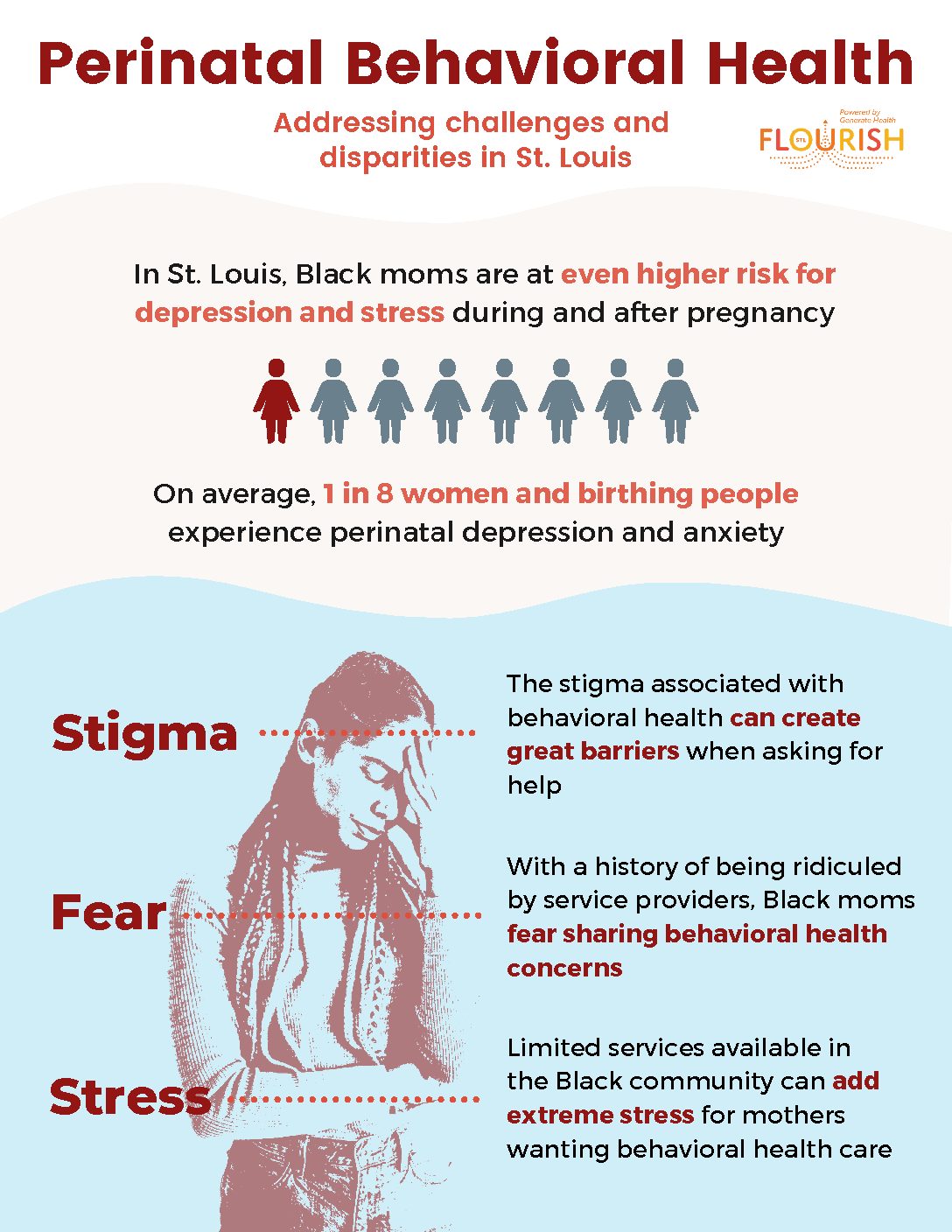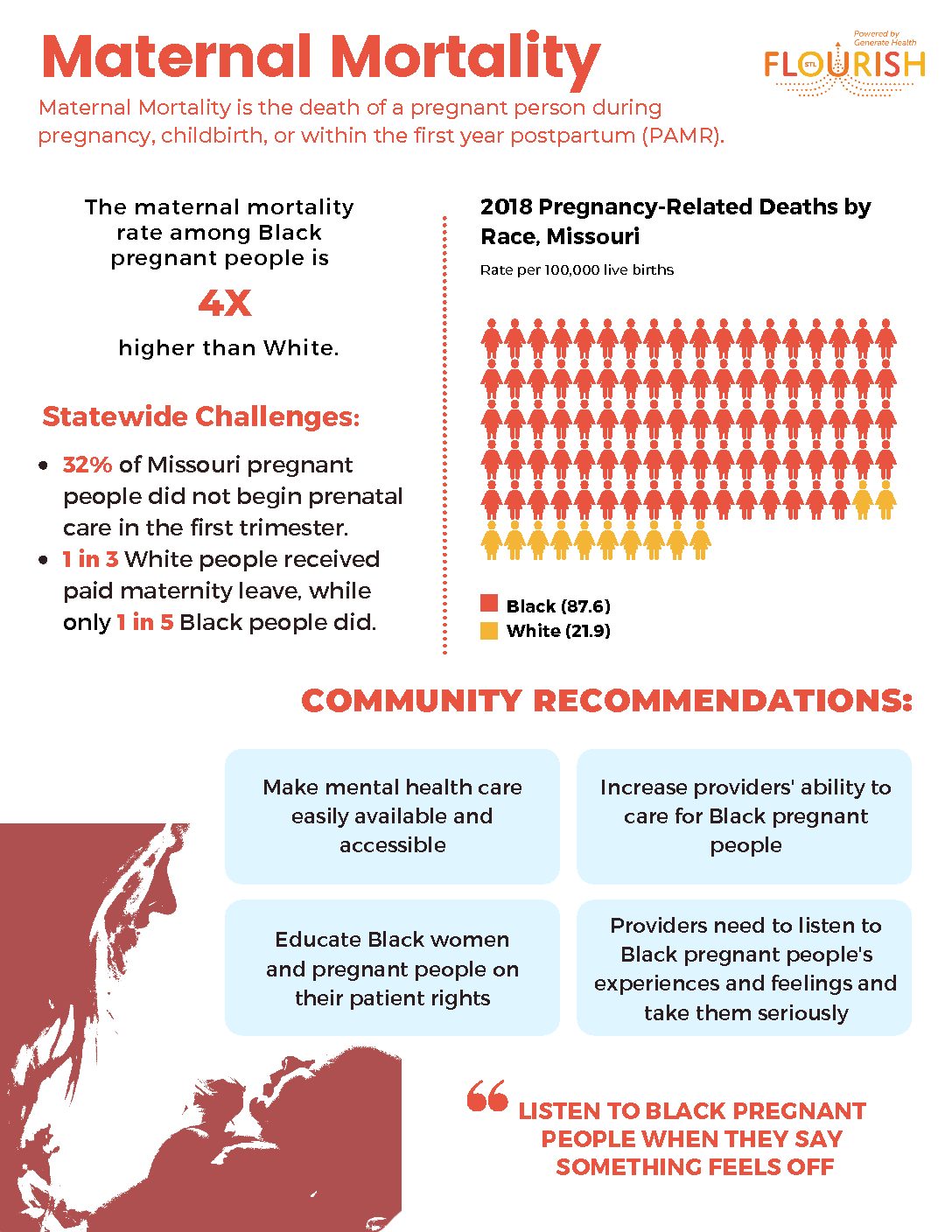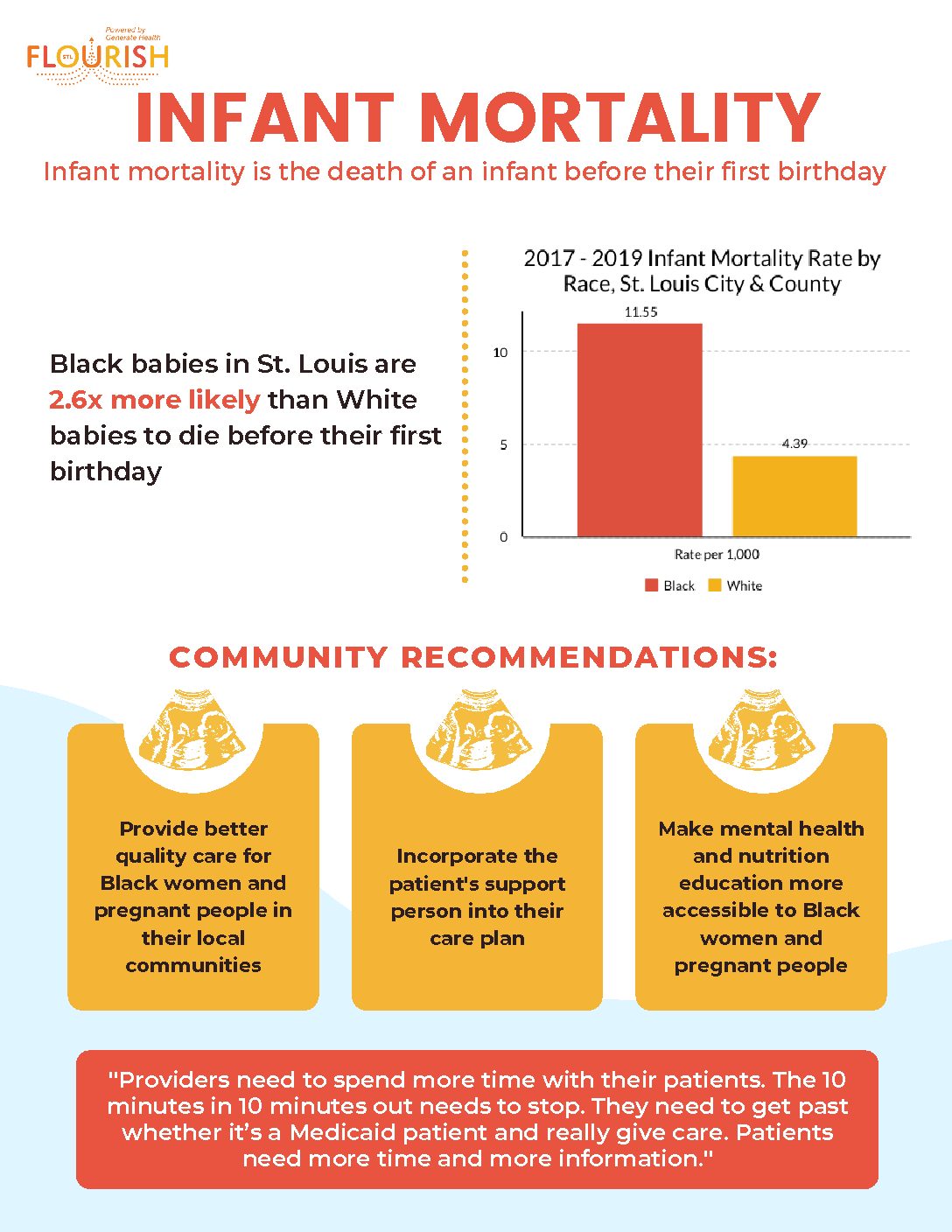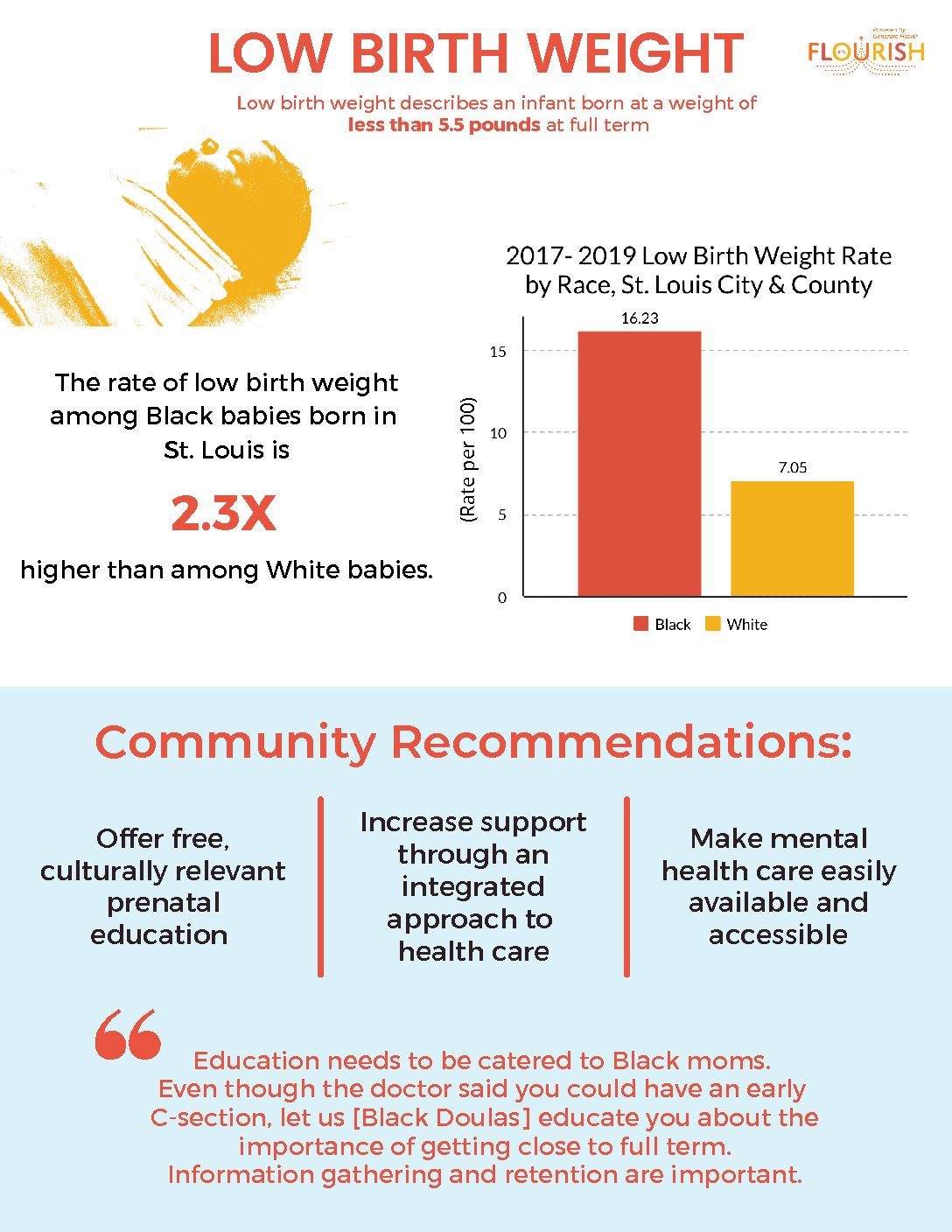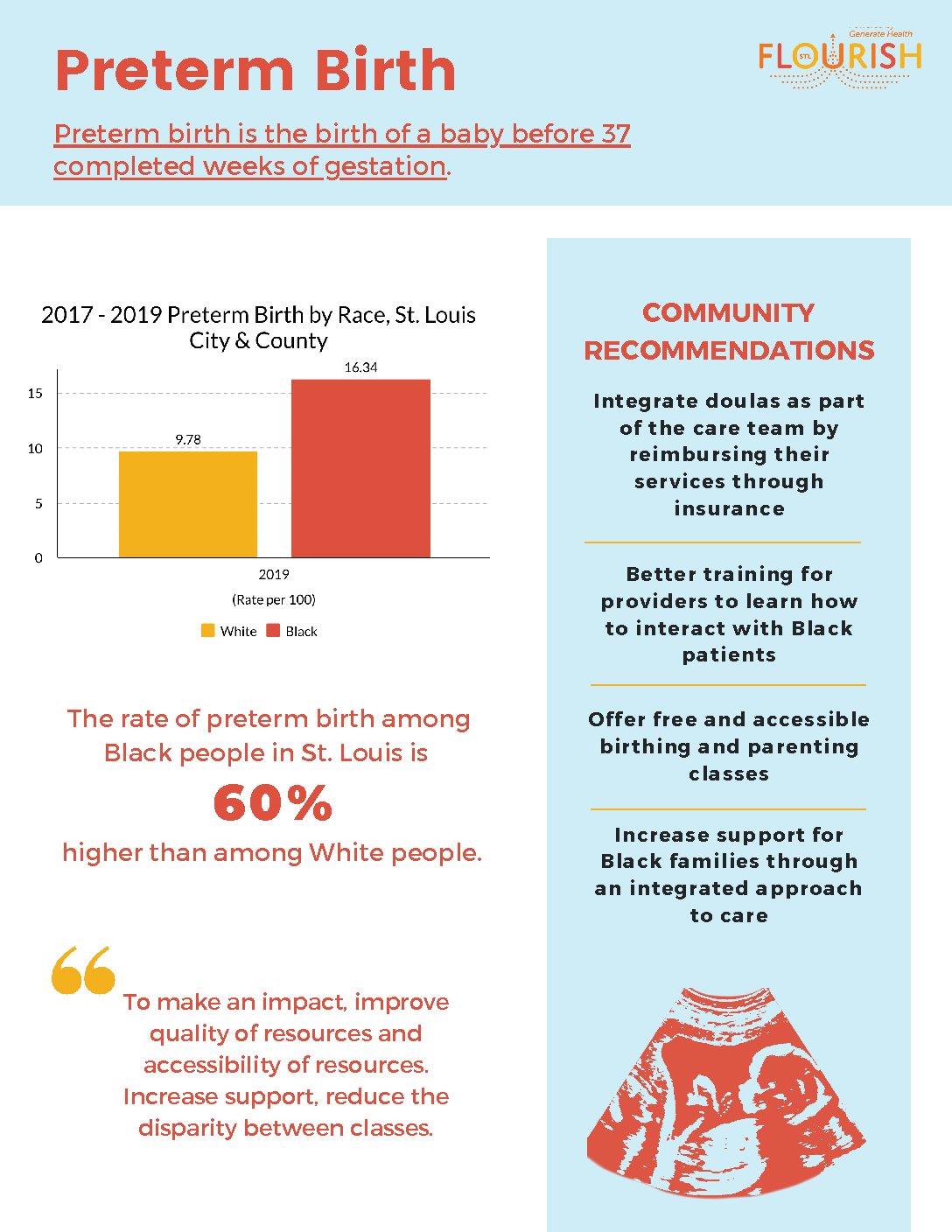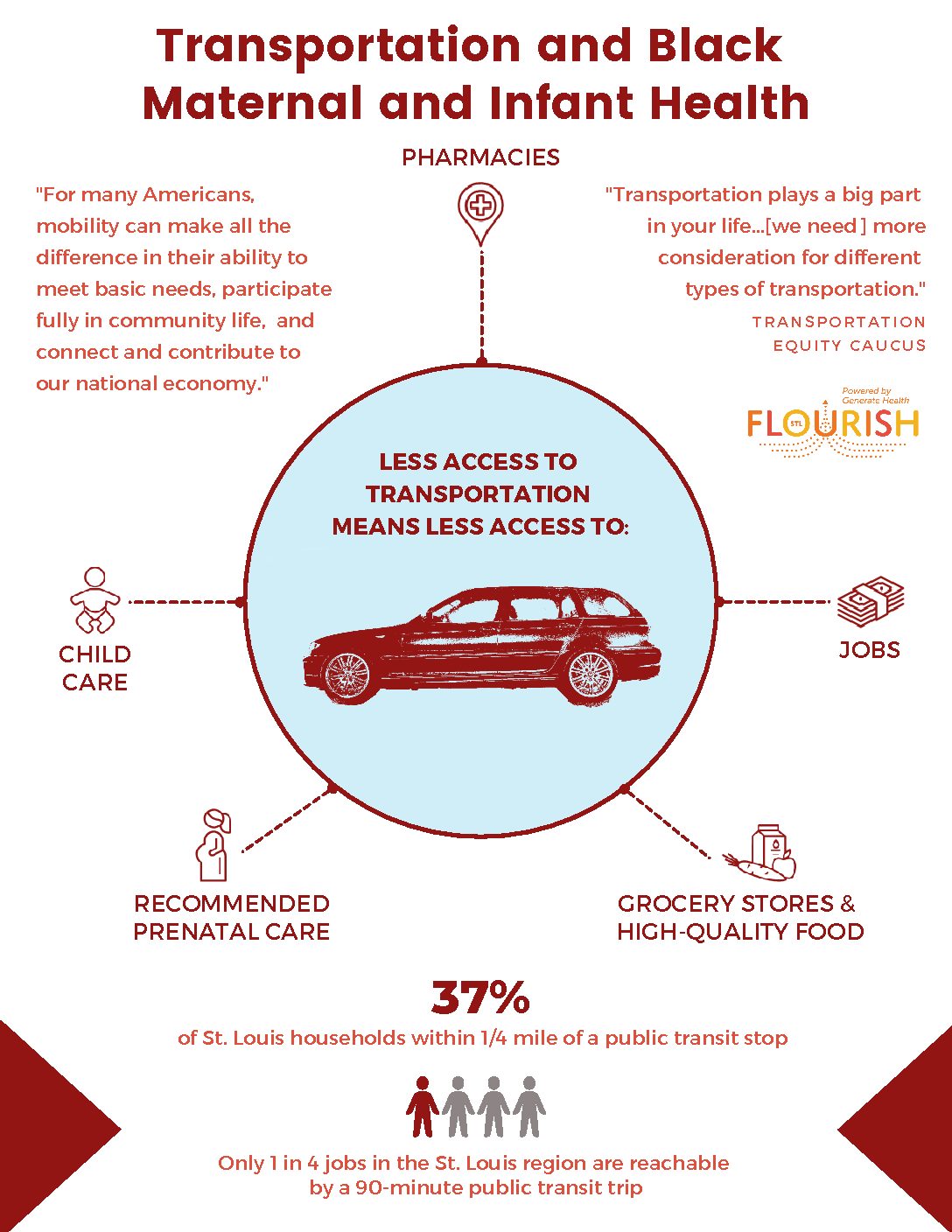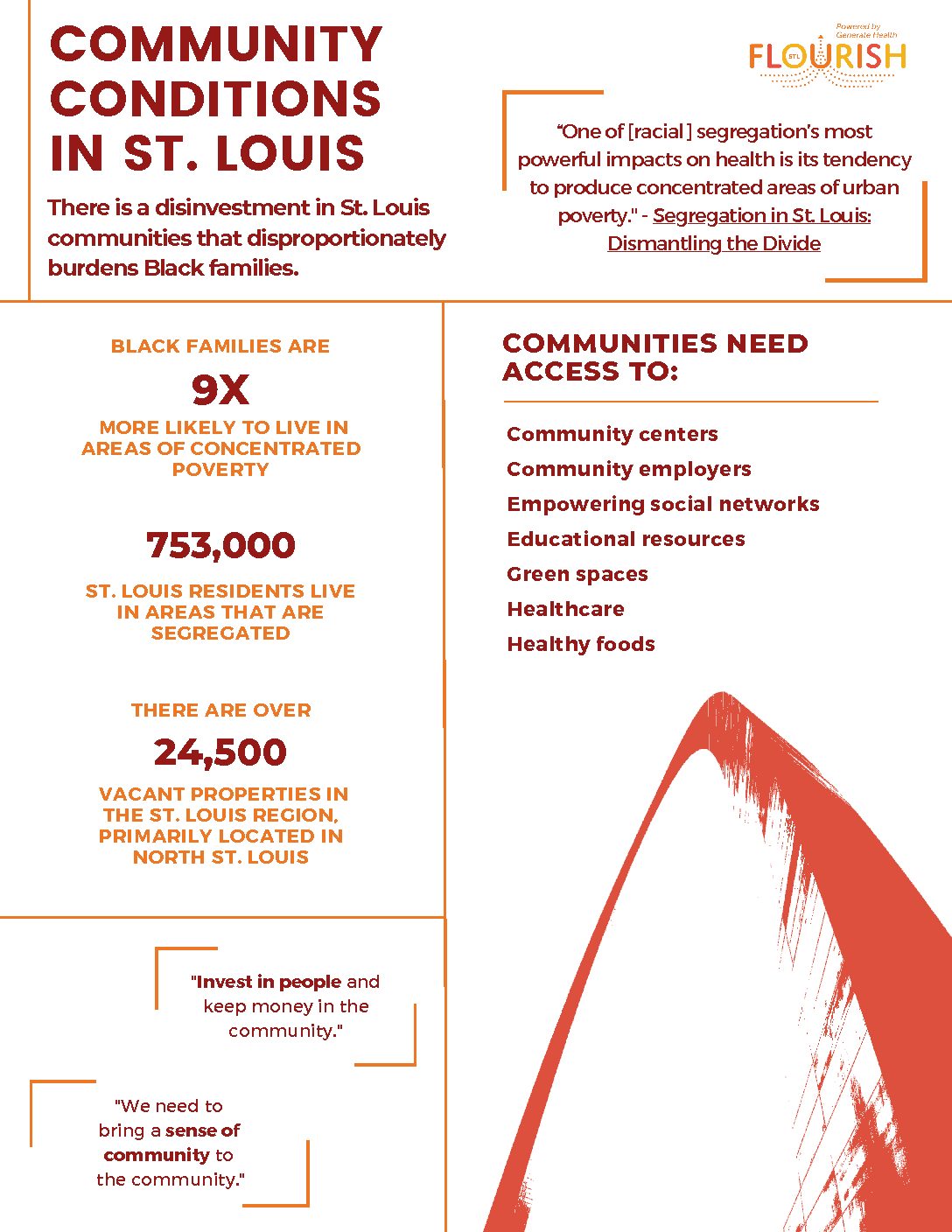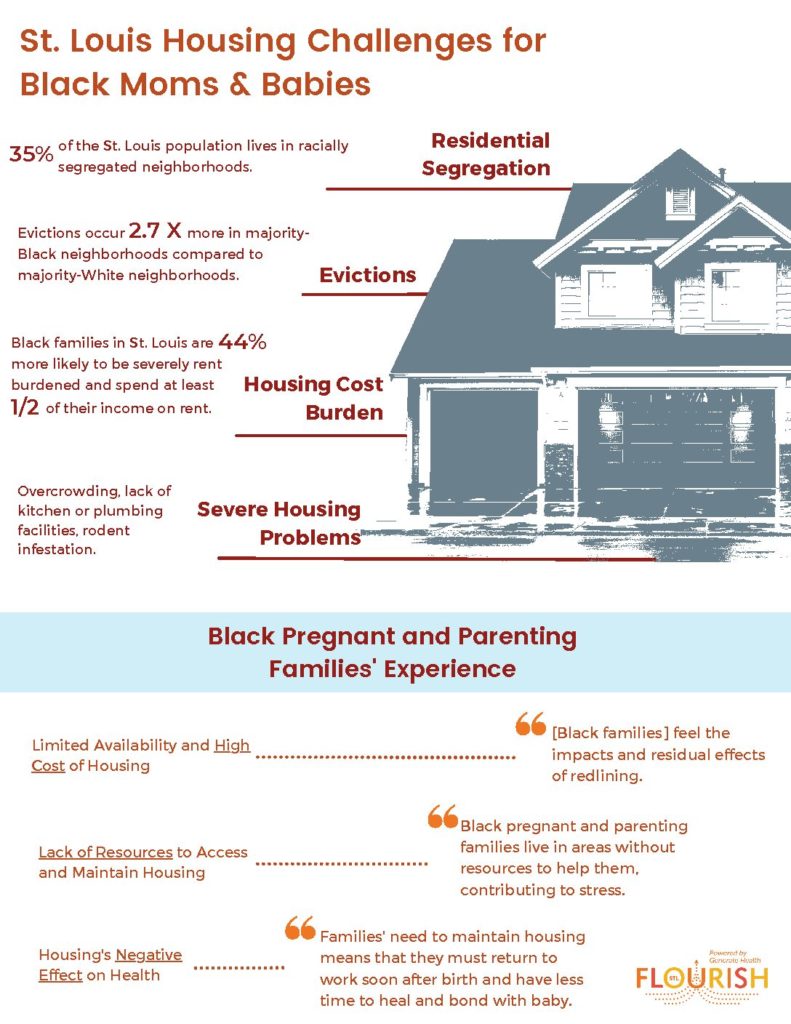Paramedics and first responders are often the entry point to the health care system for low income neighborhoods in St. Louis, which are often the zip codes with the highest infant mortality rates. The St. Louis Fire Department, along with the department’s Lifesaving Foundation, is working to maximize the direct impact EMS have on infant mortality.
“Some areas of the city have horrific infant mortality rates,” Chris Thompson, EMS supervisor, said. “EMS responders are often called to assist with emergency situations involving pregnant moms or infants, but our paramedics receive very little practical training on birthing complications and pediatric resuscitation before entering the field.”
The Lifesaving Foundation supports the St. Louis Fire Department by helping fund worthwhile projects that promote better lives for those in the City of St. Louis, and provide education for first responders. With the help of an Infant Mortality Reduction Initiative (IMRI) collaborative grant from Missouri Foundation for Health, the Lifesaving Foundation introduced a Simulation Center to coach first responders on how to react to birthing complications in the field.
Simulation training is changing the EMS training model by providing paramedics more hands-on practice delivering babies. The training features a “sim mom,” an incredibly realistic, full-size birthing simulator. Responders can measure the sim mom and baby’s heart rates, breathing and pulse. The trainer can control the sim mom, introducing new birthing complications the responders must manage. As part of the simulation, the pregnant sim mom actually gives birth to a sim infant – allowing the paramedics to evaluate the baby’s health after birth.
“Our goal is to create motor skills and muscle memory so dealing with complicated situations is second nature in real life,” Thompson said. “As an industry, we don’t have as much training in these areas, so this gives new paramedics who haven’t experienced births in the field the confidence to handle emergencies effectively.”
The St. Louis Fire Department is one of very few EMS agencies to construct a sim lab, and is a leader in the Midwest in using this innovative technology. So far, half of the 150 paramedics at the St. Louis Fire Department have been trained. The hands-on training has resulted in an up to 50 percent increase in knowledge on obstetrics emergencies, and an up to 30 percent increase in responders’ comfort level with responding to such cases. Moving forward, Thompson plans to incorporate postpartum hemorrhaging into the sim mom training.
“The St. Louis Fire Department is stretched in terms of labor, but we’re committed to investing the time and dollars to make sure our responders are fully prepared for actual emergencies,” said Rebecca Davis, executive director of the Lifesaving Foundation.
The St. Louis Fire Department is also focusing on improvements to how they respond to pediatric emergency needs. They recently implemented the Handtevy pediatric system, which is designed to better serve young children who are critically ill and injured, and utilizes child-sized equipment and easily calculated dosages. Advanced training for EMS personnel throughout St. Louis will allow first responders to better respond to issues where high-risk infants and mothers may need immediate, specialized care.
If you or your organization has a project that can help support moms and babies, you can apply for a 2017 collaborative grant from the Missouri Foundation for Health. Submit your letter of interest for grant consideration by July 28, 2017.

